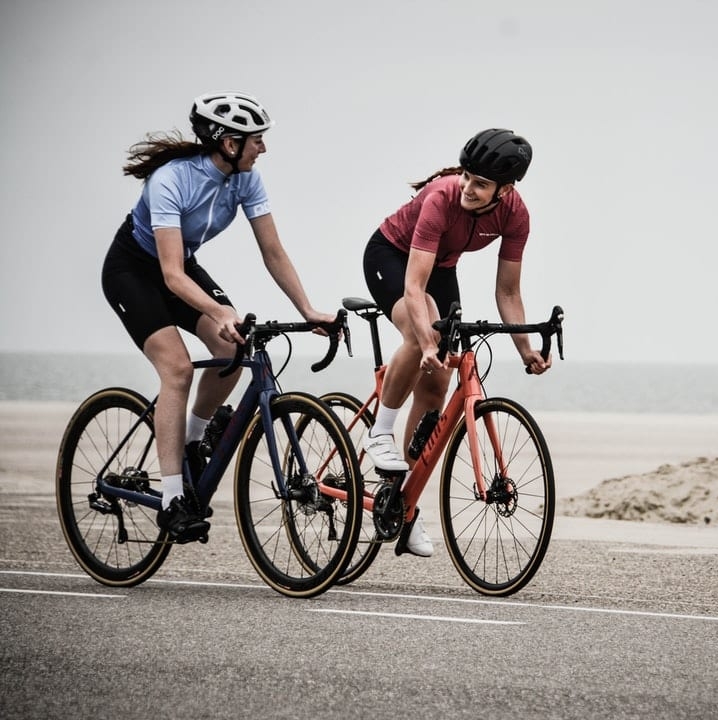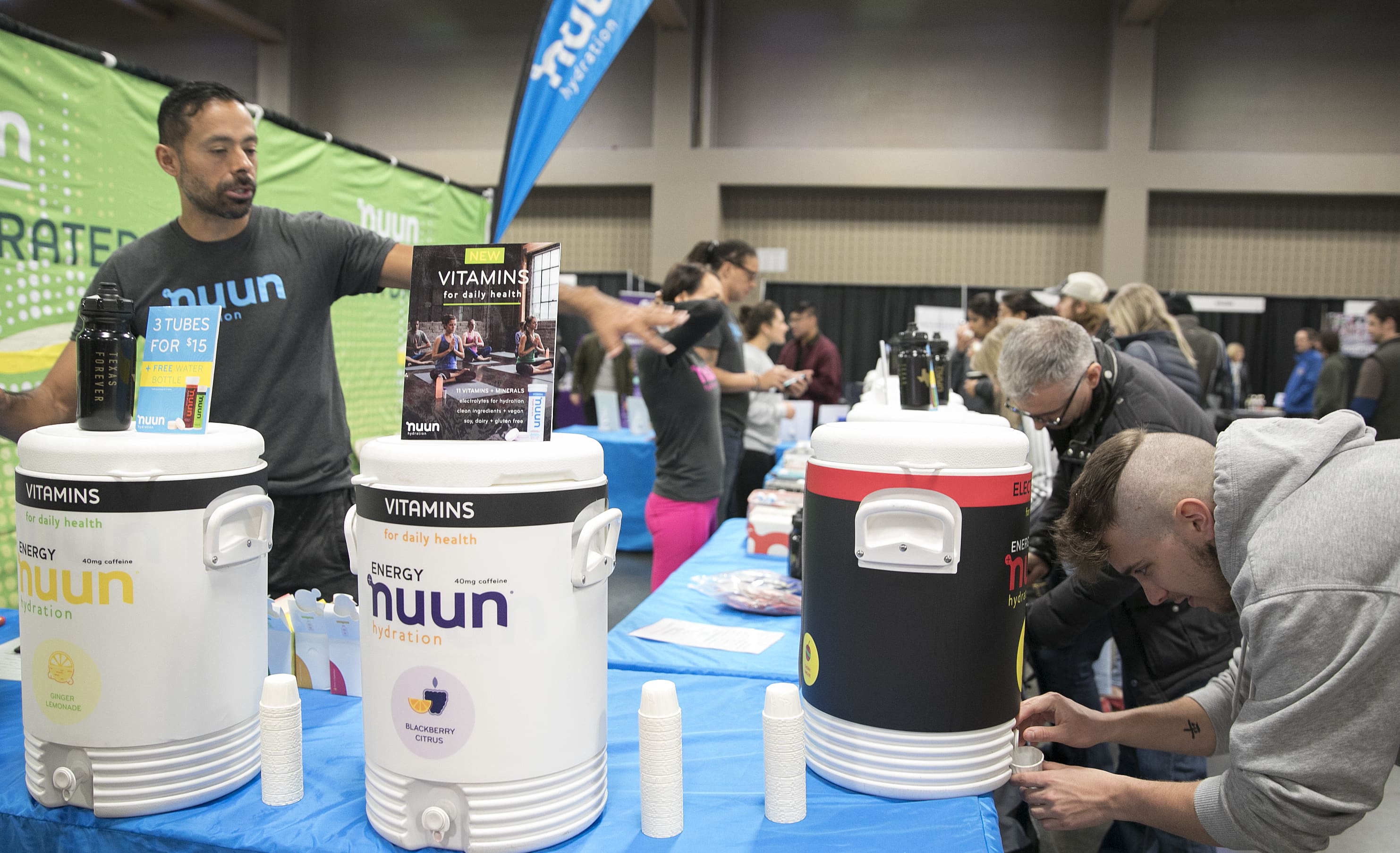What Causes Side Stitches and How to Prevent Them
Understand the causes of side stitches and learn how to avoid them
Do you ever feel a sharp pain in the middle of your abdomen during a run or workout? You probably have a side stitch. It is not exactly known what causes side stitches. According to some researchers, the continuous flow of blood to the muscles and diaphragm can cause it. Side stitches could also be caused by excessive movement of the torso that leads to irritation in the abdominal lining. Beginner runners are more prone to getting side stitches as their bodies become more acclimated to running. Below are some ways to prevent side stitches and tips on what to do if you get one.
What to do if you get a side stitch while running
Every runner has experienced this. You’re in the middle of a run, feeling good, in a rhythm. And then you get a side stitch. There are times where it’s a minor one and slowing your pace and breathing deeply makes it go away. However, if it persists then you should address it with the steps below before it becomes more painful.
- Stop running, but keep walking
- Inhale and exhale slowly
- Raise your arms above your head and stretch the affected side
- Hydrate
- Follow this cool-down routine

Cycling can help improve your performance and endurance as a runner.
Advice to prevent side stitches
1. Strengthen your body
Over-activation of the respiratory system leads to the tiring out of muscles if they are not in shape. Adding yoga or pilates to your regimen can help strengthen your core. Cycling is great for strengthening your lower body and reducing the pounding your legs take while running on the road.
2. Stretch before you run
Loosen your muscles and allow your body to warm up before you take off. Taking 10-15 minutes to stretch before you run will get your muscles ready and increase blood flow. Try the three lower-body stretches below.
- Quadriceps – stand upright and hold your heel to your back with the knee downwards
- Hamstrings – stretch one leg sideways and tuck the opposite foot into your inner thigh, then bend forward and hold the foot of the stretched leg
- Calves – put your knee forward at a 90-degree angle while keeping your left leg straight and behind you

Stretching and hydrating can help prevent side stitches.
3. Hydrate
Experts recommend drinking 16 ounces at least 90 minutes before a run. If you are hydrating 30 minutes prior to running, drink 4 ounces. Hydrate with electrolyte-based drinks and water. Avoid sugary sports drinks if you can. The more you keep your body hydrated, the lesser your chances of cramping.
Side stitches happen. They’ll pop up if you’re running more miles or trying to increase your speed. Your goal should be to prevent them from occurring so you can complete your entire run or workout. Should one pop up, follow our advice so you can take care of it immediately.






